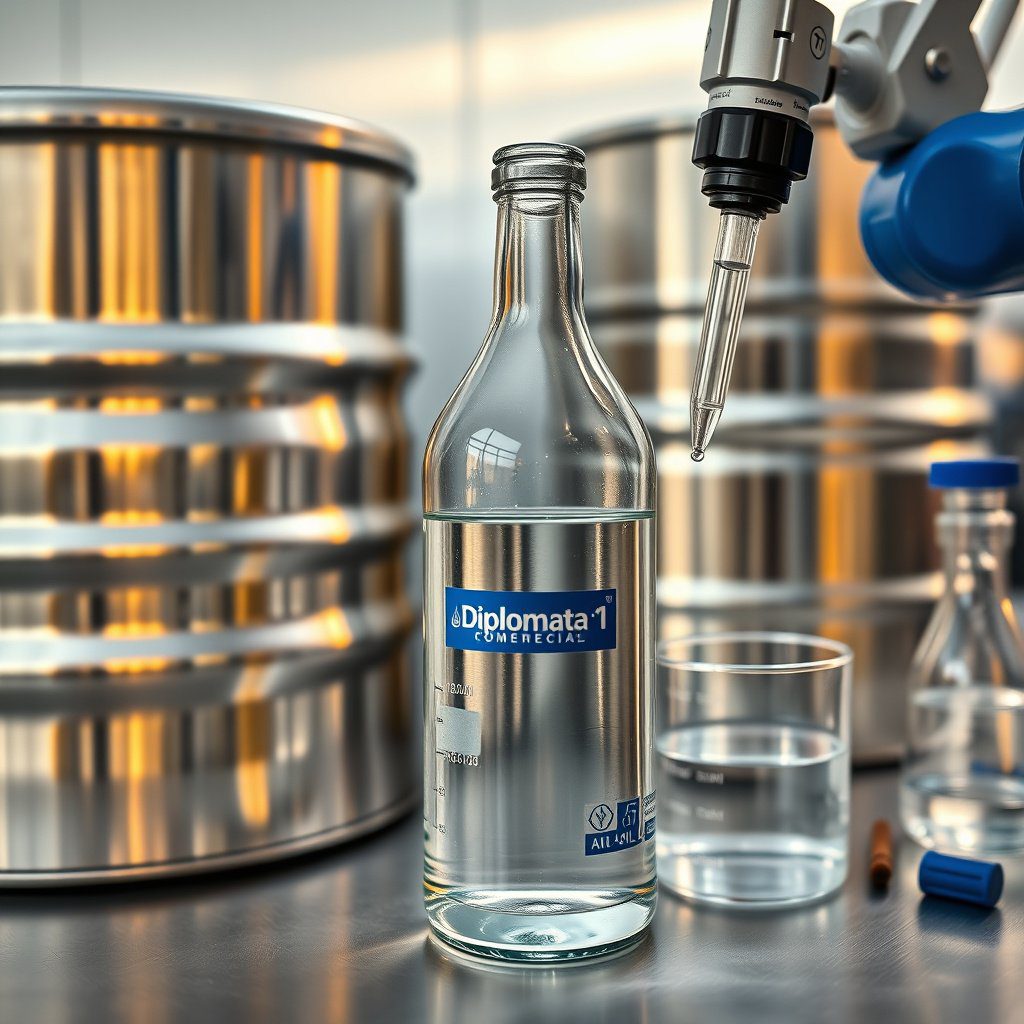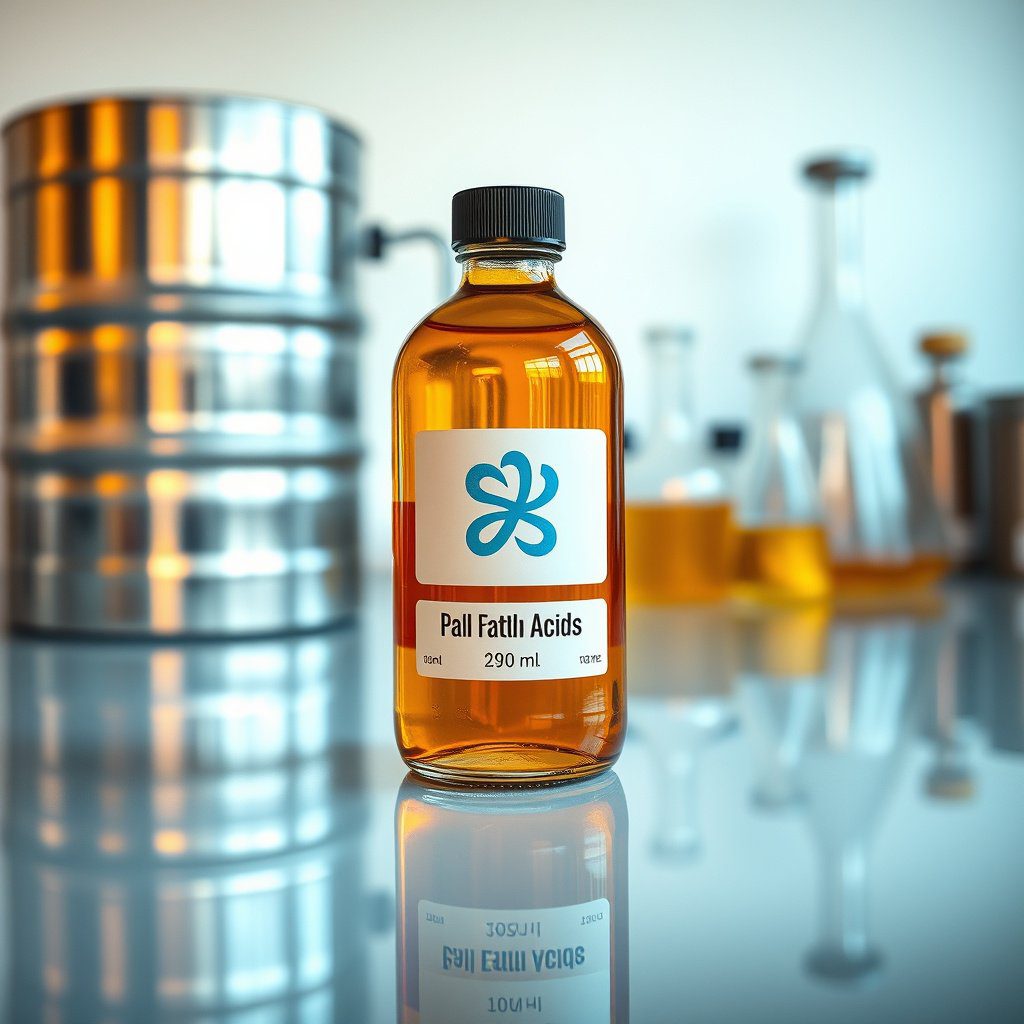Definition of High-Purity Amines
High-purity amines are organic compounds characterized by a high level of purity, often exceeding 85% concentration. These amines are utilized in various industrial applications, including pharmaceuticals, agrochemicals, and chemical synthesis. The demand for high-purity amines stems from their crucial roles in enhancing product effectiveness and ensuring compliance with stringent regulatory standards.
Types of High-Purity Amines
The most common types of high-purity amines include monoethanolamine (MEA), diethanolamine (DEA), and triethanolamine (TEA). Each type varies in its chemical structure and application, making them suitable for different industrial needs. For instance, MEA is widely used in the production of surfactants, while DEA is often employed in gas treating processes.
Applications of High-Purity Amines
High-purity amines are essential in numerous applications across diverse sectors. In the pharmaceutical industry, they serve as intermediates in the synthesis of active pharmaceutical ingredients (APIs). In agriculture, they are used in the formulation of herbicides and insecticides. Additionally, high-purity amines find applications in cosmetics and personal care products, contributing to the stability and efficacy of formulations.
Importance of Purity in Amines
The purity level of amines significantly impacts their performance and safety in industrial applications. High-purity amines minimize the risk of impurities that can lead to undesirable chemical reactions. Furthermore, they are crucial for maintaining the quality of end products, particularly in highly regulated industries such as pharmaceuticals and food processing.
High-Purity Amines Supply Chain
The supply chain for high-purity amines involves several critical stages, including sourcing, manufacturing, quality control, and distribution. Suppliers must ensure that the amines meet specified purity standards to cater to the needs of their customers effectively. Efficient logistics and compliance with regulatory requirements are also vital components of the supply chain.
Regulatory Standards for High-Purity Amines
High-purity amines are subject to various regulatory standards enforced by governmental bodies. These regulations ensure that the production and use of amines comply with safety and environmental guidelines. Suppliers and manufacturers must navigate these regulations to maintain market access and ensure the safety of their products.
Challenges in Producing High-Purity Amines
The production of high-purity amines presents several challenges, including the need for advanced technology and stringent quality control measures. Manufacturers must invest in sophisticated purification processes to achieve the desired purity levels. Additionally, fluctuations in raw material quality can impact the consistency of the final product.
Market Trends for High-Purity Amines
The market for high-purity amines is witnessing significant growth driven by increasing demand in various sectors, including pharmaceuticals and agriculture. Emerging markets are expanding their use of high-purity amines, creating opportunities for suppliers. Staying updated on market trends is essential for businesses aiming to capitalize on these growth opportunities.
Position Diplomata as a Leading Supplier
Position Diplomata aims to establish itself as the leading Brazilian supplier of high-purity amines to the U.S. market. By focusing on high-quality products, efficient distribution channels, and compliance with regulatory standards, Position Diplomata is poised to meet the growing demand for high-purity amines, including monoethanolamine, diethanolamine, and triethanolamine.


